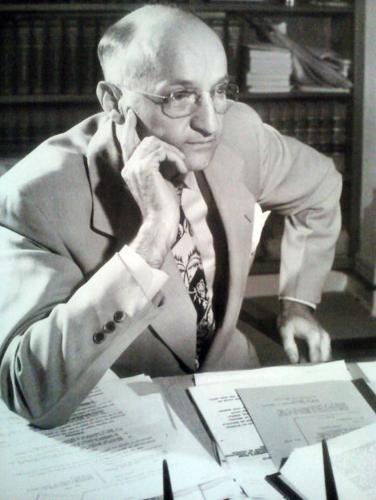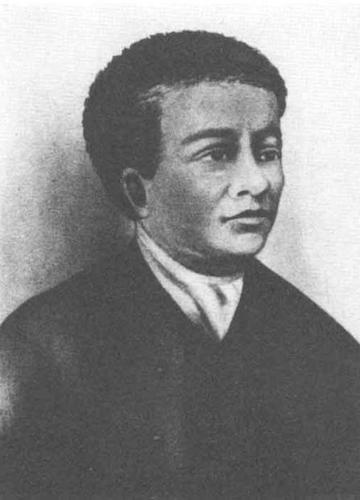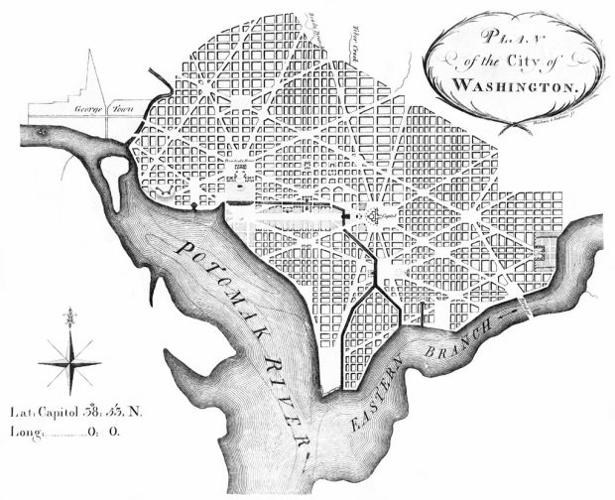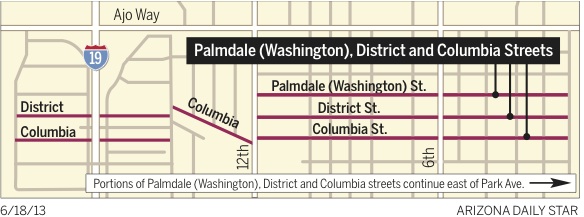Evo DeConcini, a real estate developer and one of Tucson's most prominent citizens, recorded Washington, District and Columbia streets with Pima County in 1928.
The streets were part of DeConcini's Government Heights subdivision, just south of the VA Medical Center. Washington Street was later changed to Palmdale Street, likely due to the existing Washington Street downtown.
Famed English soldier Capt. John Smith explored the Potomac River in 1608 and found a settlement of Nacotchtank Indians living in the area of what is now Washington, D.C.
By 1660, a small number of rich and powerful English colonists began to grow tobacco along the Potomac. They founded large plantations worked by indentured servants and slaves.
After the American Revolution, New York City served as the first U.S. capital, but Congress and President George Washington decided to move it to Philadelphia and then to an area on the Potomac.
Washington hired French engineer Pierre L'Enfant to plan the new capital city. L'Enfant's design centered around the placement of the U.S. Capitol on Jenkins Hill, now called Capitol Hill. L'Enfant was later fired and replaced by two surveyors who had worked with him, Andrew Ellicott and Benjamin Banneker, a free African-American. On Dec. 1, 1800, the city became the capital of the U.S.
In August 1814, in the midst of the War of 1812, British soldiers marched into Washington and burned most of the public buildings, including the Capitol, White House and Library of Congress. Rebuilding was completed in 1819.
In 1862, several months before President Abraham Lincoln issued the Emancipation Proclamation freeing the slaves in the Confederacy (but not in the Union states), the district conducted the nation's only compensated emancipation. Slaveholders who were willing to swear an oath of loyalty to the U.S. government were paid an average of $300 for each freed slave. Most took the offer.
In 1912, Tokyo Mayor Yukio Ozaki had 3,020 cherry trees sent to Washington, as a gift of friendship. These were planted at West Potomac Park. Thousands of people come to see the trees' pink and white blossoms every spring.
In 1917, after the U.S. entered World War I, the government needed new employees to help support the war effort. The city's population expanded from about 350,000 in the beginning of the war to more than 450,000 in 1918, when the war ceased.
During the Great Depression of the 1930s, jobs were scarce in all areas of the country except for Washington. The federal government began numerous projects to combat the Depression, and thousands of new government jobs were created. Washington's population increased from about 485,000 to 665,000 between 1930 and 1940.
The participation of the U.S. in World War II accelerated Washington's growth in the 1940s. The district's population surpassed 800,000 in 1950.
In 1967, Walter E. Washington was elected mayor and became the first African-American to head a major U.S. city.
In the 1970s, many Washingtonians supported a movement to make the District of Columbia a state. In a 1980 election, a majority of Washington voters supported statehood and, two years later, chose the name New Columbia for the proposed state. In 1992, the U.S. House of Representatives approved statehood, but the Senate declined to vote on the issue.
Editor's note
Each week the Star tells the stories behind Tucson street names. If you have streets to suggest or stories to share, contact writer David Leighton at streetsmarts@azstarnet.com
Sources: Special thanks to Dino, David, Danielle and Dennis DeConcini. Jay Rochlin, University of Arizona Journalism School - jayrochlin.com Jack L. August Jr., "Evo DeConcini left a rich legacy," Tucson Citizen, Apr. 11, 2009 Evo DeConcini, "Hey! It's Past 80!," Sunrise Graphics Inc., 1981 "World Book Encyclopedia 2011," World Book Inc., 2011 Timothy L. Gall, "Junior Worldmark Encyclopedia of the States," UXL Pub., 2007 Britannica Online 1800 slave census info: www.archives.gov/research/census/african-american/slavery-in-dc-1800-1860.pdf 1830 census info: www2.census.gov/prod2/decennial/documents/1830a-01.pdf Slavery in the District of Columbia: www.loc.gov/exhibits/treasures/trm009.html Japanese cherry trees info: www.nps.gov/cherry/cherry-blossom-history.htm Pima County plat map MP05036







